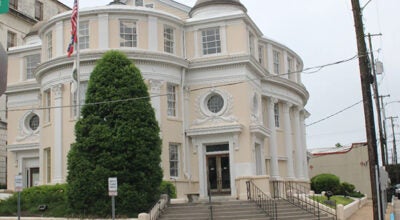A reference of plant misnomers
Published 12:00 am Sunday, March 30, 2014
Last week’s mention of broom sedge not being a sedge at all just references one of a lot misnomer plants. Common plant names are basically whatever people choose to use. And they often are very localized. Botanists and horticulturists keep plants straight by talking a little Latin. The official taxonomic name stays with a plant in all places, all climates and all plant uses. Cynodon dactylon is welcomed on golf course fairways as well as in pastures, but is a despicable weed in cotton fields and flowerbeds. But bermudagrass is still bermudagrass.
Nobody knows how the name “monkey grass” came to be. But we do know it is in the lily and iris group of plants and not a grass at all. Sometimes it is called turf lily, which is more accurate, though not official like Liriope. And we occasionally hear its distant cousin mondo grass called monkeygrass. It too, is not a grass and is not the same plant since its genus name is Ophiopogon.
As for the local touch, milkweed surely leads the way for the most different species of plants called by the same name. The one thing the many plants called milkweed have in common is latex inside their stems. Cut them and white latex oozes out. Thus the name milkweed. Any good read on butterflies points out the importance of one species called common milkweed a food for the caterpillar stage of Monarch butterflies. But there are other species called milkweed that are not food sources for any critter.
Another multi-species common name we use to see in crop and livestock production a lot was coffeeweed. Here in Mississippi, your coffeeweed was one of 3 plant species, based on how far south you were. A second of the three moved into Warren County about the same time I did thirty years ago. It didn’t take farm folks long to quit distinguishing which coffeeweed was taking over their fields. Everybody began calling the newest invader by its main common name, sicklepod. And sicklepod dealt quite a bit of farm misery because the herbicides available at the time weren’t too adept at controlling it. Over time, a new herbicide was developed, researched and released and it was pretty effective on sicklepod when applied early enough. Nowadays, farmers have good options to keep sicklepod, aka coffeeweed #2, in check.
Some common plant names are self-explanatory. We have cockscomb, naked ladies, and mother-in-law tongue. Other names make sense once we find out how they came to be. For instance, lambsquarter is a common weed in this area. Farmers know it and many gardeners would recognize it, though maybe not by name. I used to think lambsquarter was named in reference a lamb. Nope. The lambsquarter name is because it was cooked and served at a medieval harvest festival called Lammas quarter. And a plant called corpse lily is so named because of its rotting flesh odor. The smell is to attract flies as pollinators. Now you know.
•
Terry Rector writes for the Warren County Soil and Water Conservation District, 601-636-7679 ext. 3.





